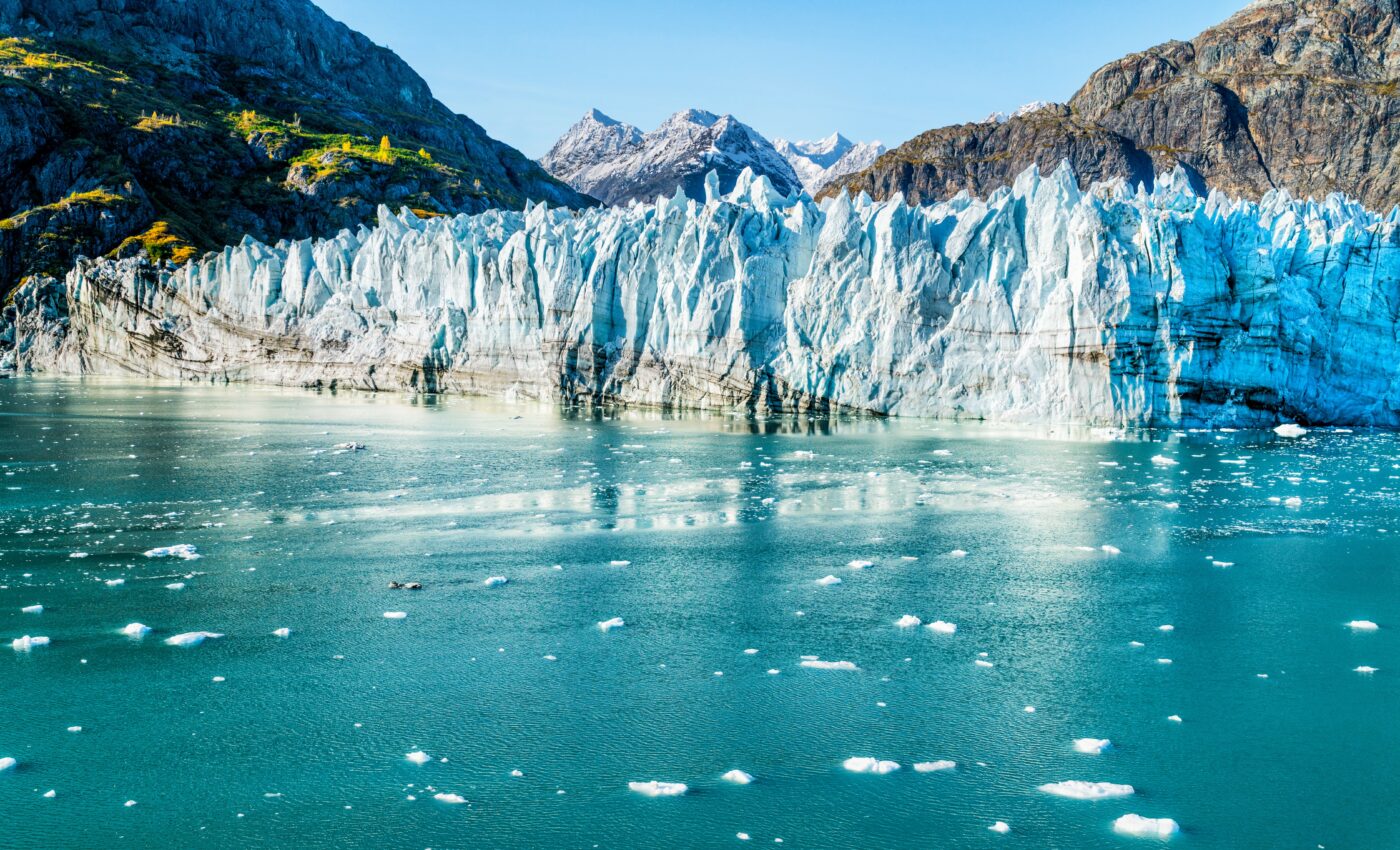
Fluctuating glaciers shed new light on climate change
According to a new study published in the journal Geophysical Research Letters, reconstructing how natural communities located near a rapidly advancing and retreating glacier in Alaska have responded to fast-paced warming events in the past could help predict their responses to climate change in the future.
While studying once-buried layers of trees that had been plowed down by glaciers in the 19th century, researchers from the University of Alaska Fairbanks (UAF) have noticed that tree rings in the Glacier Bay National Forest had compressed growth during the late 1800s, as the La Perouse glacier advanced and pushed a bubble of cold air out into the woods.
“Then we had this idea to monitor the size and intensity of the cold microclimate around the ice using temperature sensors,” said study lead author Benjamin Gaglioti, an ecologist at UAF. “If the glacier went back and forth and this microclimate influenced the surrounding forest, we could use it as an experiment” to assess how ecosystems may respond to climate change in the future.
By using historical accounts, tree cores, and aerial imagery, Gaglioti and his colleagues found that the glacier rapidly advanced hundreds of meters during the late 19th century, remained stable during the early 20th century, and began retreating around 1950. These microclimate changes were clearly reflected in the tree rings from the surrounding forest, which exhibited a slowdown of growth as the glacier advanced and an increase in growth rates as it retreated.
“That was stunning to me,” Gaglioti said. “Because of the glacier’s advance and retreat, the La Perouse forest experienced some of the fastest rates of historical cooling and warming on Earth, but climate models indicate these rates of change will become more common in the next century. Studying these types of glacier-adjacent ecosystems can help us understand how they may respond to the unprecedented rate of warming in the future.”
In future studies, the scientists aim to compare how different species of trees have responded to microclimate changes in the vicinity of the glacier in order to better understand the effects of large magnitude cooling and warming on entire forests. In addition, similar microclimates elsewhere can be used to examine climate sensitivities of other ecosystems, ranging from microorganisms to mammals.
—
By Andrei Ionescu, Earth.com Staff Writer













